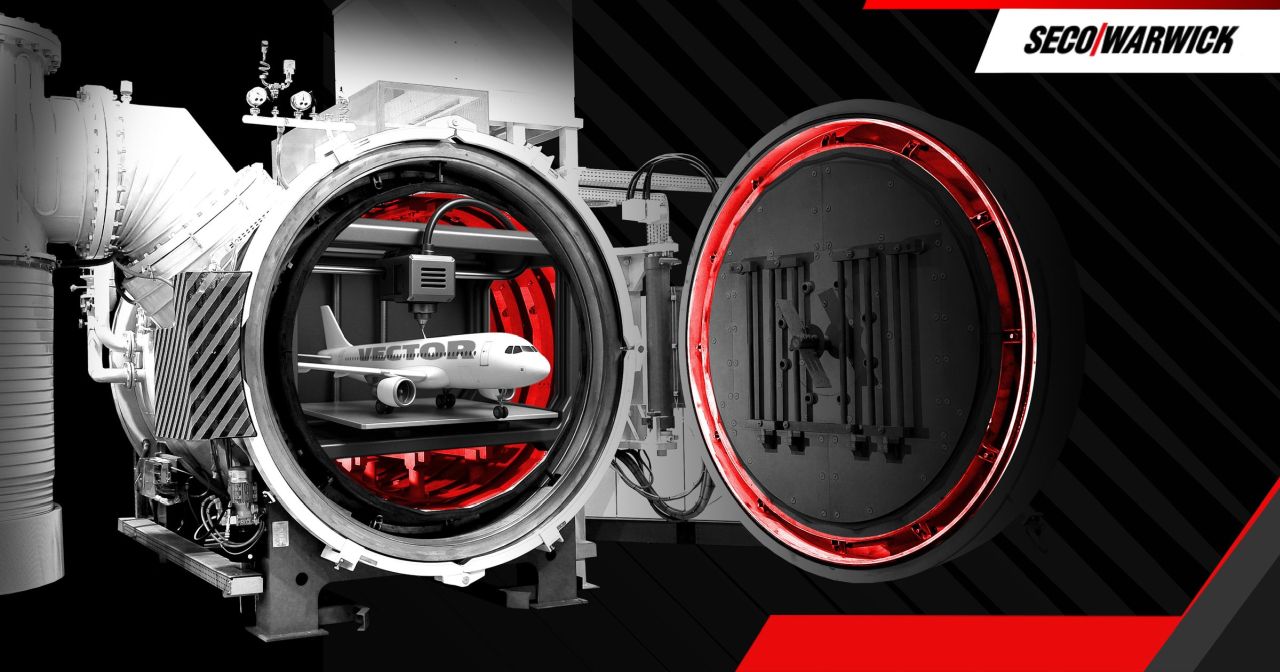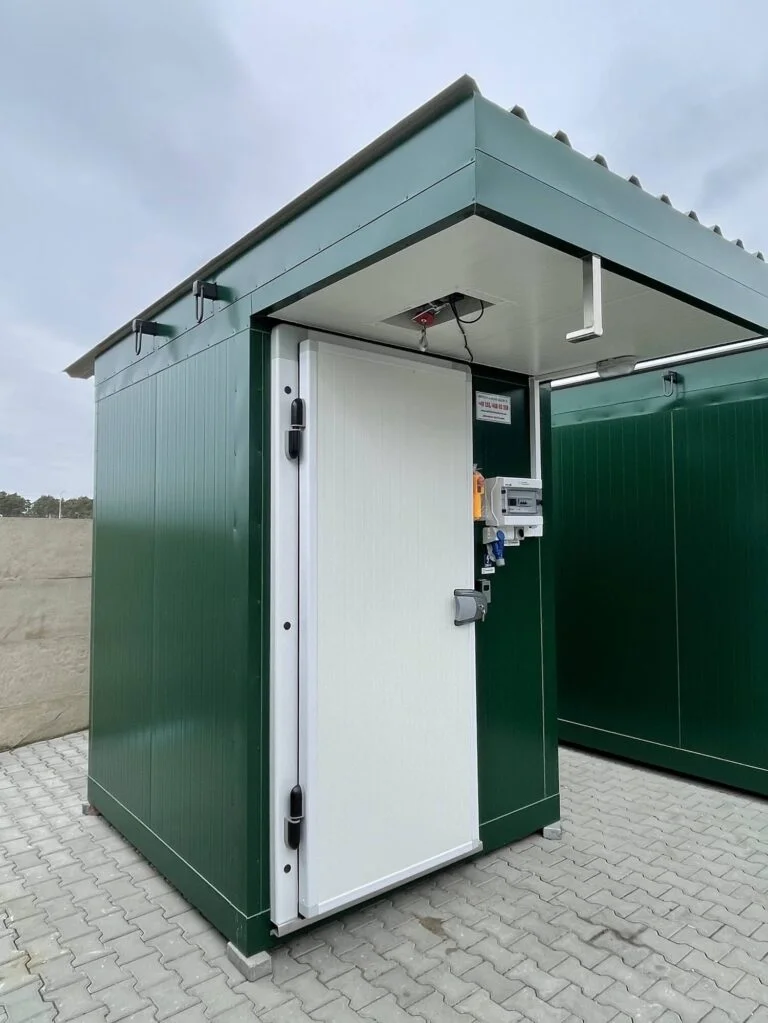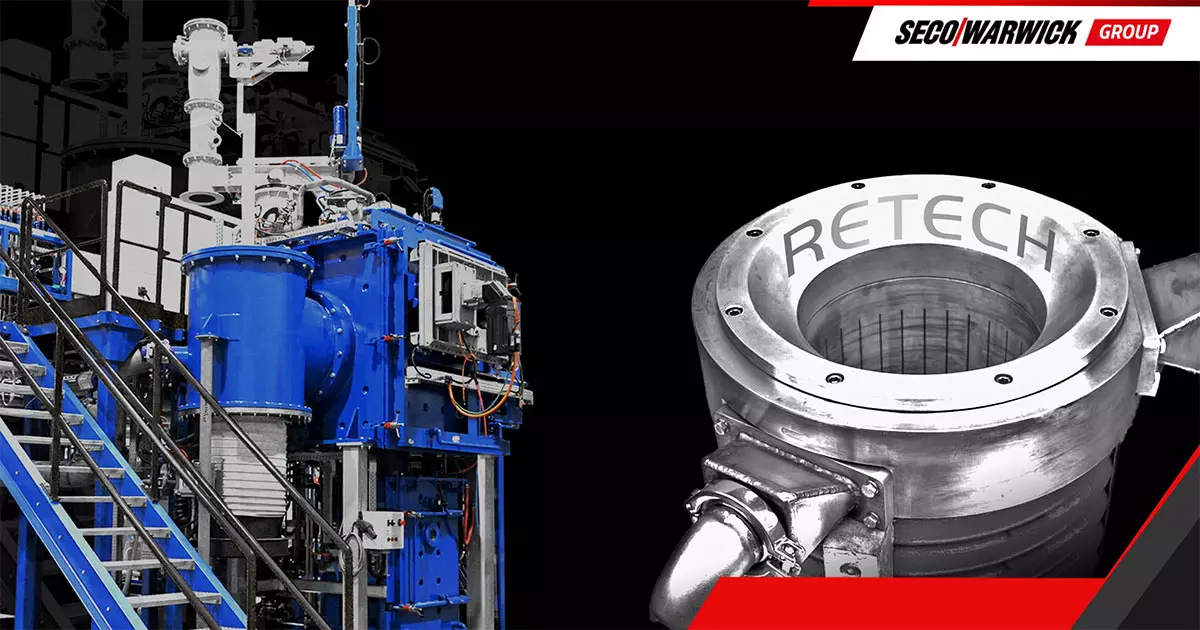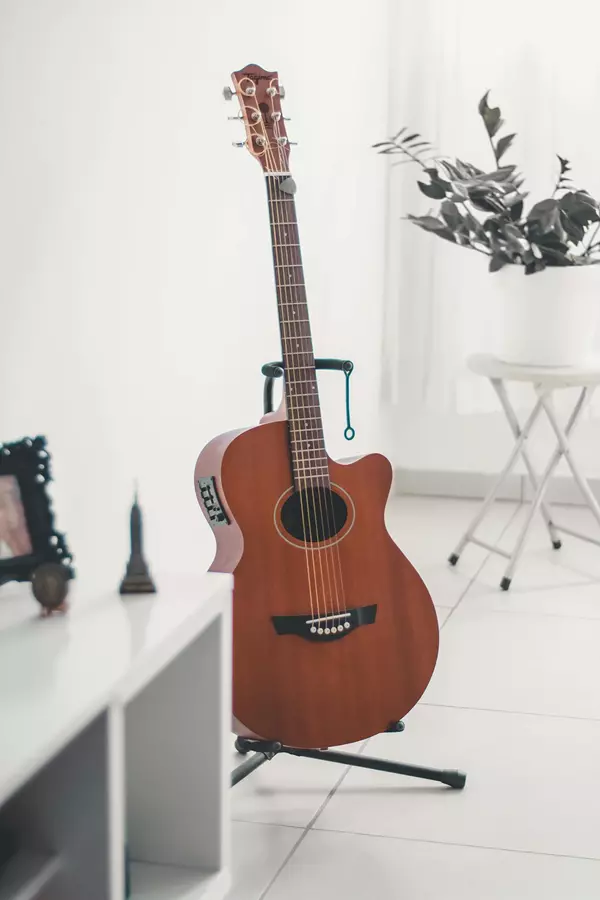Discover the hottest music gear trends of 2024
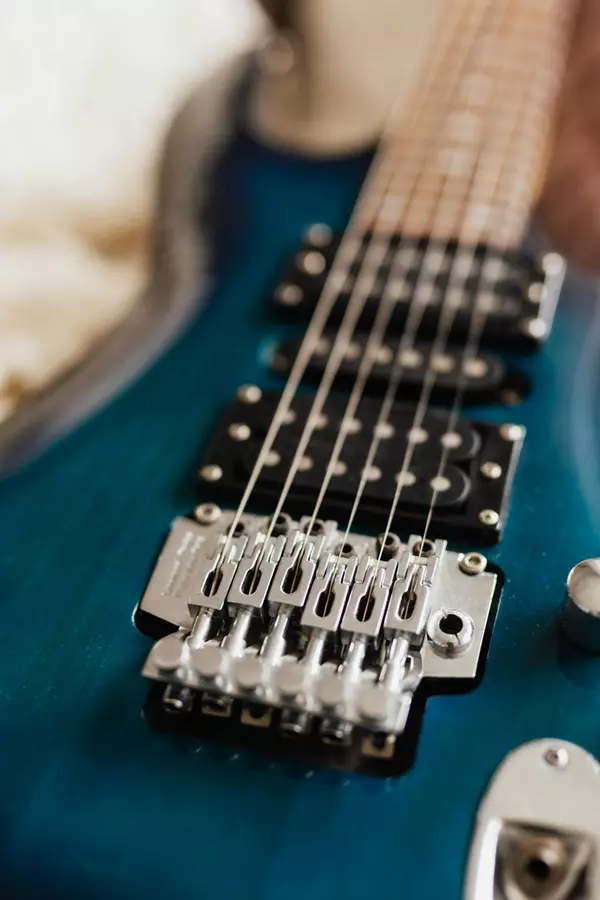
Revolutionizing live performances
As 2024 unfolds, live music performances are experiencing a technological revolution.
The latest gear innovations are enhancing how artists connect with audiences. From advanced stage setups to immersive sound systems, the focus is on creating unforgettable experiences. High-definition LED screens and interactive light shows are now standard, transforming every concert into a visual and auditory spectacle.
Another exciting development is the integration of AI-driven tools for live sound mixing and mastering. These technologies allow sound engineers to adapt to venue acoustics in real time, ensuring consistent audio quality. Musicians are also benefiting from wireless, high-fidelity in-ear monitors that provide crystal-clear sound without the hassle of cables.
Furthermore, the rise of portable, battery-operated equipment has made it easier for artists to perform in unconventional spaces. This trend is democratizing live music, enabling performances in locations that were previously inaccessible. As a result, live shows are becoming more diverse and dynamic, reaching wider audiences than ever before.
Smart instruments and wearables
Smart technology is making waves in the music industry with the introduction of intelligent instruments and wearables. These devices integrate advanced sensors and connectivity features, offering musicians new ways to interact with their instruments. For instance, smart guitars equipped with built-in effects processors allow for instant tone adjustments, eliminating the need for external pedals.
Wearable technology is also making an impact. Devices such as smart gloves and rings enable musicians to control various aspects of their performance, from pitch and tempo to effects and loops. These wearables enhance creative possibilities and allow for more expressive performances without the need for physical equipment adjustments.
Additionally, the trend towards modular and customizable gear is growing. Musicians can now tailor their setups to suit their unique playing styles and preferences, thanks to the availability of interchangeable parts and software updates. This level of personalization is revolutionizing how artists approach their craft.
Eco-friendly music gear
Sustainability is becoming a significant focus in the music gear industry. Manufacturers are increasingly prioritizing eco-friendly practices, from using recycled materials to reducing carbon footprints. In 2024, we see a surge in eco-conscious gear, including instruments made from sustainable wood and components that are easier to recycle.
Additionally, the push towards energy-efficient technologies is evident in power supplies and lighting systems. LED lights and low-power amplifiers are now standard in many setups, significantly reducing energy consumption. This commitment to environmental responsibility is not only beneficial for the planet but also resonates with consumers who value sustainability.
Another notable trend is the rise of digital platforms that minimize the need for physical products. Cloud-based music production tools and virtual instruments are becoming more prevalent, offering musicians a way to create and collaborate without the environmental impact of traditional gear.
Enhanced digital audio workstations (daws)
The evolution of Digital Audio Workstations (DAWs) continues to shape music production in 2024. Modern DAWs are packed with powerful features that streamline the recording and mixing processes. Enhanced AI capabilities in these systems are providing automated mixing and mastering, allowing producers to achieve professional-quality results with minimal effort.
Furthermore, the integration of virtual reality (VR) and augmented reality (AR) in DAWs is offering new ways for musicians to interact with their projects. These immersive technologies enable users to visualize their soundscapes in 3D, providing a more intuitive approach to mixing and arrangement.
Cloud-based collaboration tools are also revolutionizing how artists work together. With real-time editing and sharing capabilities, musicians can easily collaborate on projects from different locations. This connectivity fosters creativity and allows for more dynamic and versatile music production processes.
Cutting-edge audio interfaces and mixers
Audio interfaces and mixers are undergoing significant advancements, with new models boasting superior sound quality and functionality. The latest interfaces offer higher resolution audio and lower latency, making them essential tools for both studio recording and live performances. These devices are designed to handle complex setups and provide reliable performance under various conditions.
Innovative features such as built-in DSP processing and intuitive software integration are becoming standard. These enhancements enable users to apply real-time effects and adjustments directly through the interface, streamlining the recording and mixing process. Additionally, the development of portable and compact models is making high-quality audio accessible to a wider range of users.
Another trend is the move towards modular and scalable mixers. These systems allow users to customize their setups by adding or removing components as needed. This flexibility is ideal for musicians who require specific configurations for different projects or performances.
The rise of virtual instruments and plugins
Virtual instruments and plugins are experiencing a renaissance in 2024, with developers pushing the boundaries of what’s possible in digital music creation. Advanced virtual synths and sample libraries are providing musicians with an unprecedented range of sounds and textures. These tools are designed to mimic the nuances of real instruments while offering additional creative possibilities.
Additionally, the integration of machine learning algorithms in plugins is enhancing their functionality. These intelligent tools can analyze musical patterns and provide suggestions or adjustments, helping users achieve their desired sound more efficiently. This technological innovation is making music production more accessible and intuitive.
The growing trend towards subscription-based models for virtual instruments is also noteworthy. This approach allows musicians to access a wide range of tools for a lower upfront cost, making high-quality gear more affordable and flexible. As a result, artists can experiment with different sounds and styles without significant financial investment – look at music store.
The influence of blockchain technology
Blockchain technology is starting to make its mark on the music industry, particularly in areas like rights management and royalty distribution. In 2024, we’re seeing the emergence of blockchain-based platforms that offer transparent and secure ways to track and manage music rights. This innovation promises to address long-standing issues related to copyright infringement and fair compensation.
Additionally, blockchain technology is facilitating the creation of unique digital assets, such as NFTs (non-fungible tokens), which allow artists to monetize their work in new ways. These digital collectibles provide fans with exclusive content and experiences, while giving musicians an additional revenue stream.
As the technology continues to evolve, it is expected to further transform how the music industry operates. By providing a more transparent and efficient system for managing rights and transactions, blockchain has the potential to reshape the music business landscape for the better.
